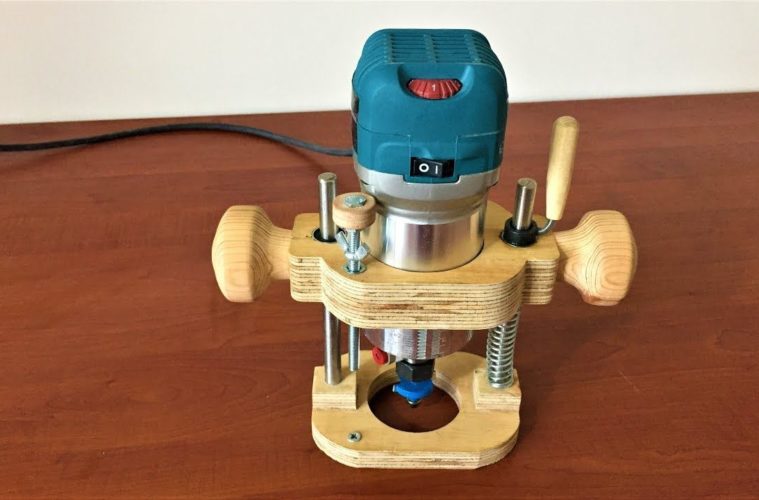To rout in itself means to gorge out material from an object be it wood or metal. So a router is what does this job of digging out material, in this case, wood.
You cannot say the word wood router and fail to mention the portability and versatility it employs in its use. It is a powerful tool that has redefined woodworking since the 1900s. For generations, it has helped woodworkers achieve perfect decorative and structurally sane projects with tremendous ease. What would initially take them a couple of weeks of painstaking and accurate handwork can now take them just a few days to complete. All thanks to the CNC wood router machine.
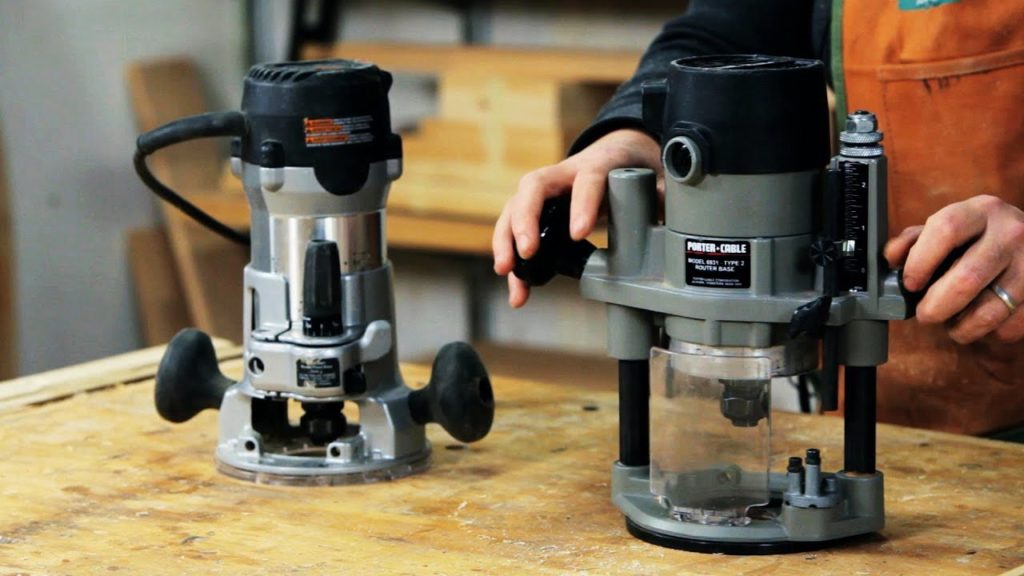
What is a wood router?
A wood router is a handheld or bench secured tool that uses an electric motor to turn a cutting tool attached to a spindle at high RPMs. The cutting tool shaves away bits of material as it passes along the workpiece. The shaving away of material paves the way to model or sculpt a workpiece of your design. There are handheld wood routers in which the spindle is fixed and rotates once it is set to depth and turned on. There are others in which the spindle has a mechanism in which it can retract and plunge itself at set distances from the base plate. The plunge type router can also be set to static and work just as well as the fixed spindle type if plunging is not for you. Though it has its advantages. The router can also be mounted upside down such that the cutting tool faces up and your workpiece is brushed along it. This type has to be clamped and secured on the bench. Here the best tips for using a wood router at The Architecture Designs.
10 tips for using a wood router
Direction of motion
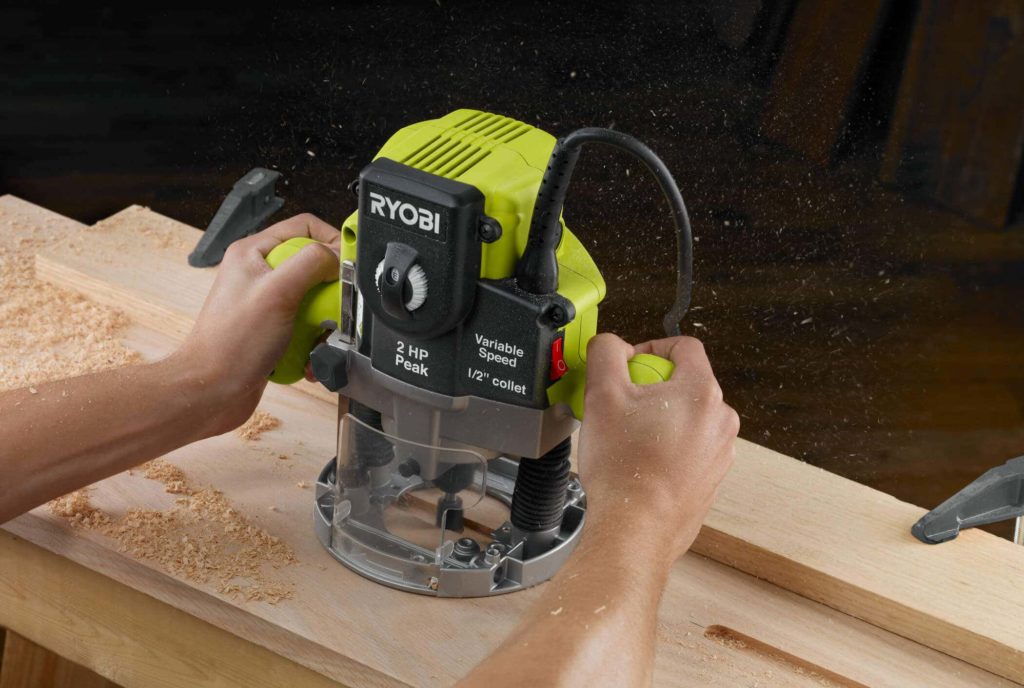
This is the first thing you should do before using a wood router. Check the nature of the motion of the cutting tool. You should always move the router against the direction the carbide tip rotates. This provides for better control of the tool.
Grip with both hands
This should go without saying as having all hands on deck means you can maneuver the tool however you wish while still maintaining stability, accuracy, and minimizing vibration.
Clockwise or anticlockwise cutter
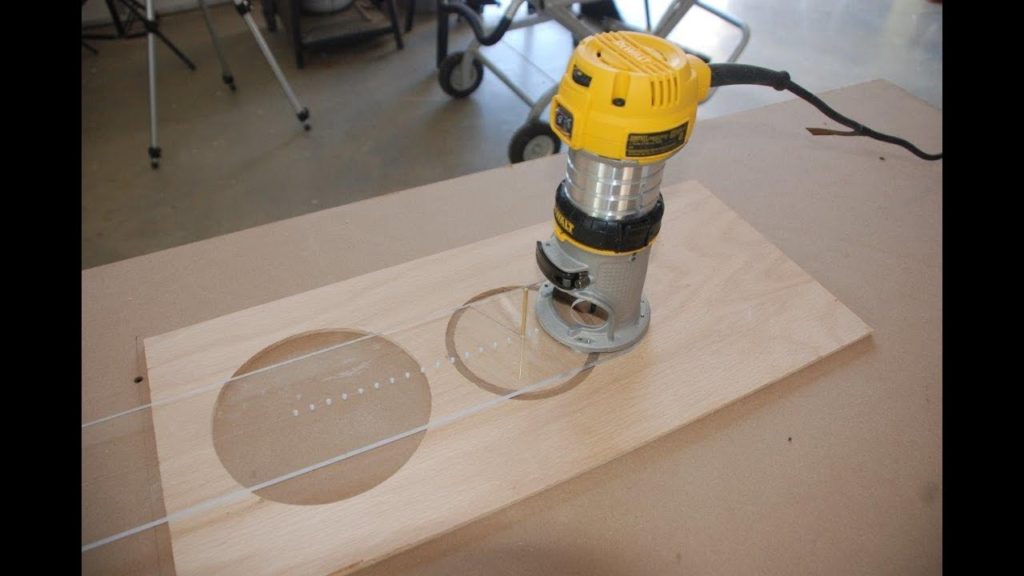
This is a very important tip as it will govern how good your cuts will be. If the cutting tool rotates in a clockwise direction when viewed from the top, then you should always move the router from the left to right. Always take note that the tool is between you and your workpiece. If the cutter moves anti-clockwise then move it from right to left. If the workpiece comes between you and the cutting tool then inverse the directions.
Use sharp bits
Using a sharp tip will ultimately lead to a clean-cut hole without any bits of uncut material. As would be the case if a blunt cutting tool was used. These cutting tools are mostly made out of either high-speed steel or carbide tips. High-speed Steel is the cheaper option but if you want a cutting tool that can last up to 10 times as long and remain sharp than a carbide tip is preferable.
Use ball-bearing pilots
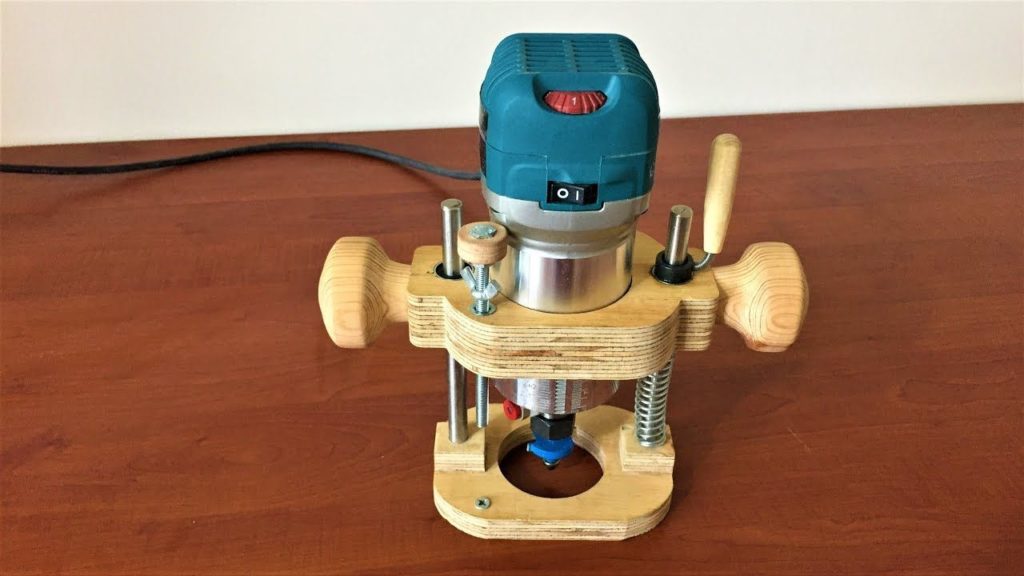
A ball-bearing pilot stays along the edge of a workpiece and maintains the same distance to the cutting tip. With this, there is no need to introduce a straight edge fence or a guide.
Use templates
Using a template makes work fast and it is very accurate and effective. If and when you’d like to create duplicate parts then a template is the guide you should use as it tries to replicate parts to near-identical pieces.
Deep cuts
When making deep cuts make sure to start slow and increase the depth as you go along. Overfeeding the cutting tool into the material at once may cause friction burns on the wood and my shutter your workpiece.
Get to know bits
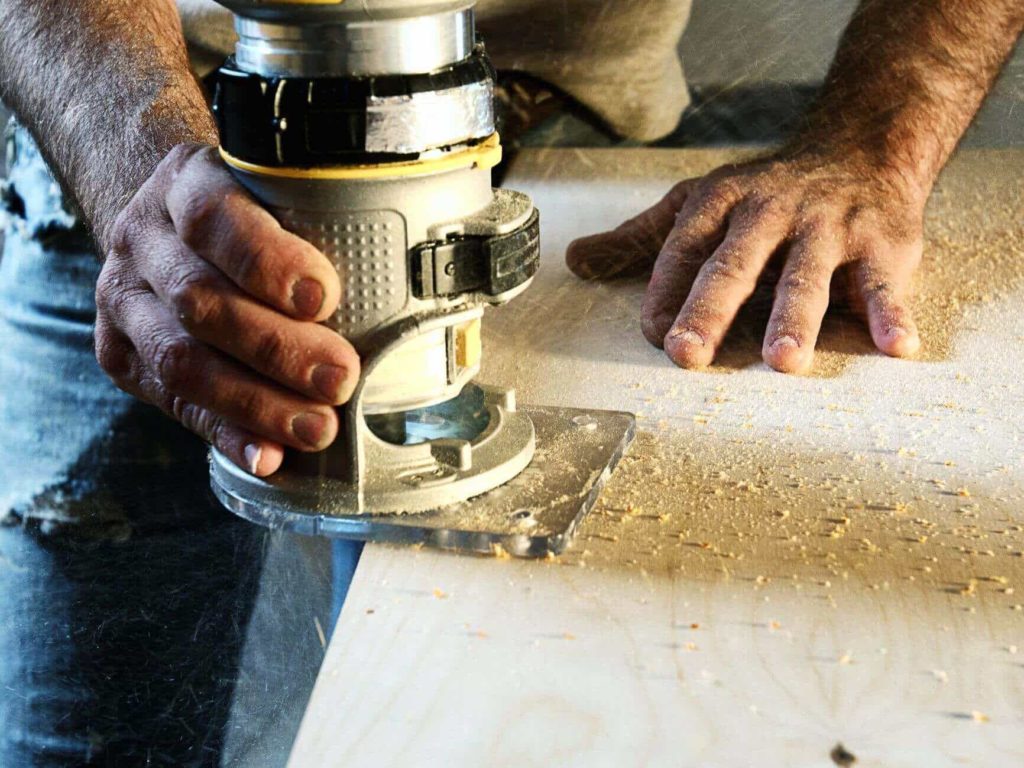
As a beginner, you should get to know the various types of cutting bits and the numerous layouts of cutting profiles they produce. This is where the wood router gets its versatility. Get to know the ones which can see you through most work as you work your way up to the complex ones.
Ramp and sacrificial blocks
Put a ramp or sacrificial block before and after your workpiece; to give you a place to start as you work your way into the workpiece. Similarly, you shouldn’t stop right at the mark but rather follow through a bit for a better finish.
Fitting into collects
However good a cutting tool may seem, if it is not correctly fitted onto the collet of the router, then it will not be as effective. It will not produce the same clean cuts and will increase the vibration once in use.
What can I do with a wood router?
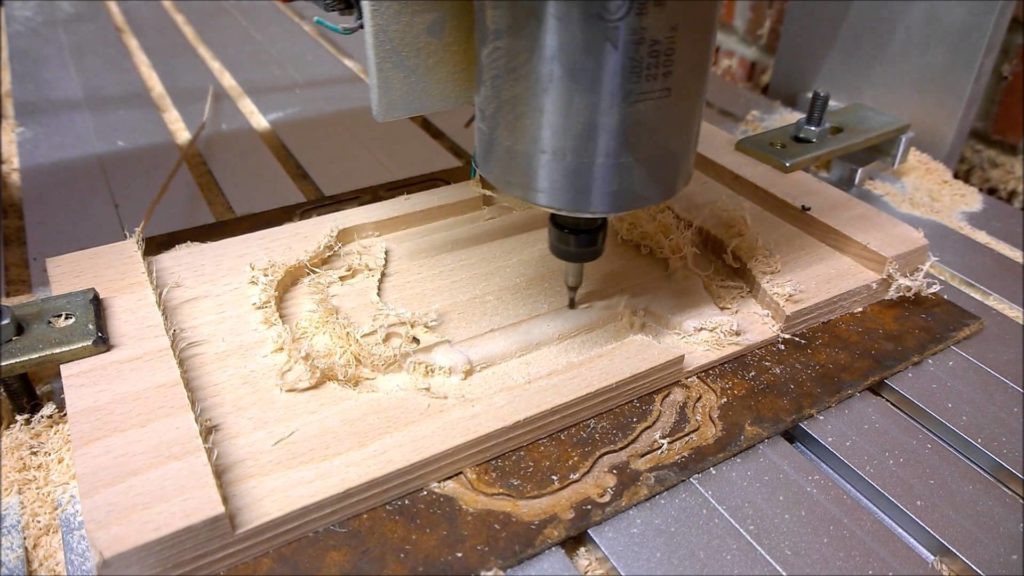
A wood router has a wide array of uses like:
- Drawing designs
- Creating grooves
- Cutting inlays
- Drilling holes
It can also be used to make tenons, rabbets, dovetail joints, and dadoes.
What is the best router for beginners?
The best router for a beginner is one that has handles for both hands and is the fixed spindles type rather than the plunge type as it may be difficult to pinpoint the exact location where the drill will land if you’re still new to it
How does a wood router work for dummies?
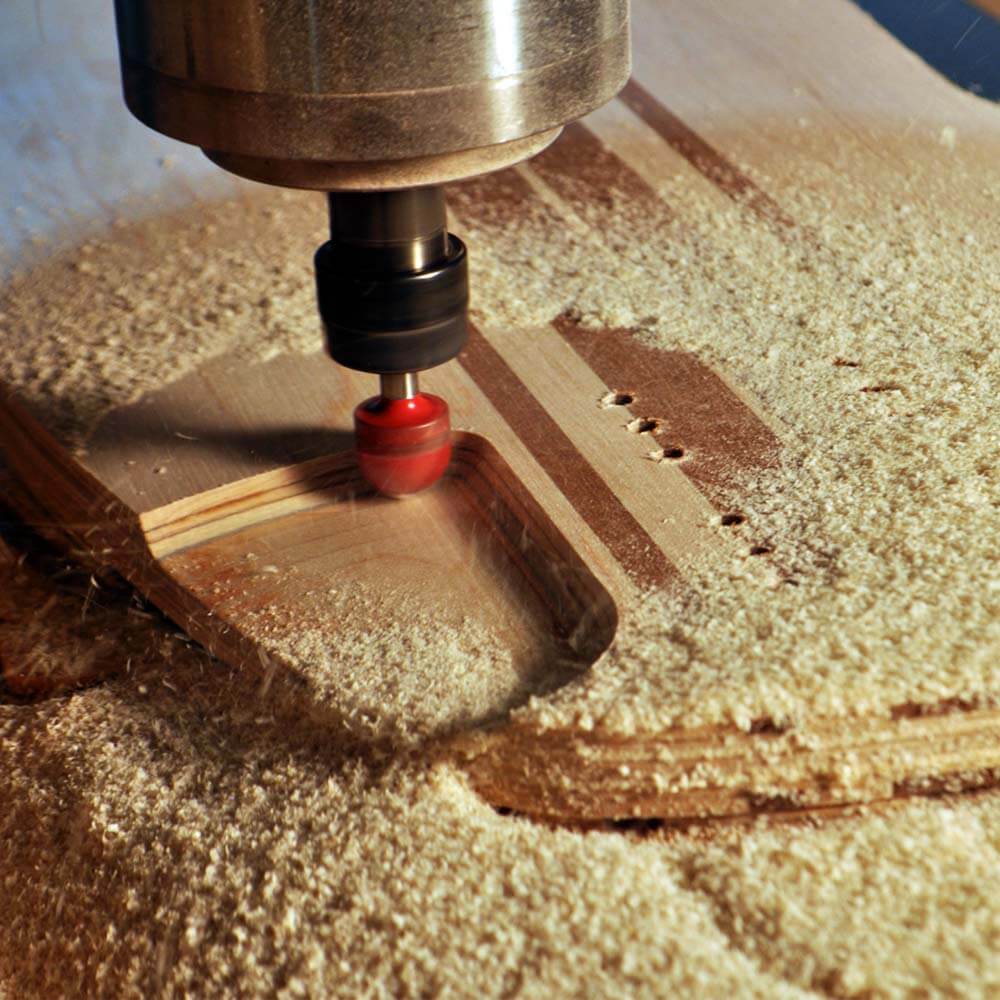
An electric motor produces a turning force. This motor is coupled with the spindle on which it outputs this turning force. The cutting tool is attached to this spindle and as it rotates, it rotates with the cutting tool. As the tool rotates it cuts away material from the workpiece.
How do you use a freehand router?
The first thing to do is to clamp the workpiece when not on a routing table. With the depth pin, set the depth you’d like to go inside the material and lock it in place with the locking lever then move the router along the place you want to remove material.
Do you push or pull a router?
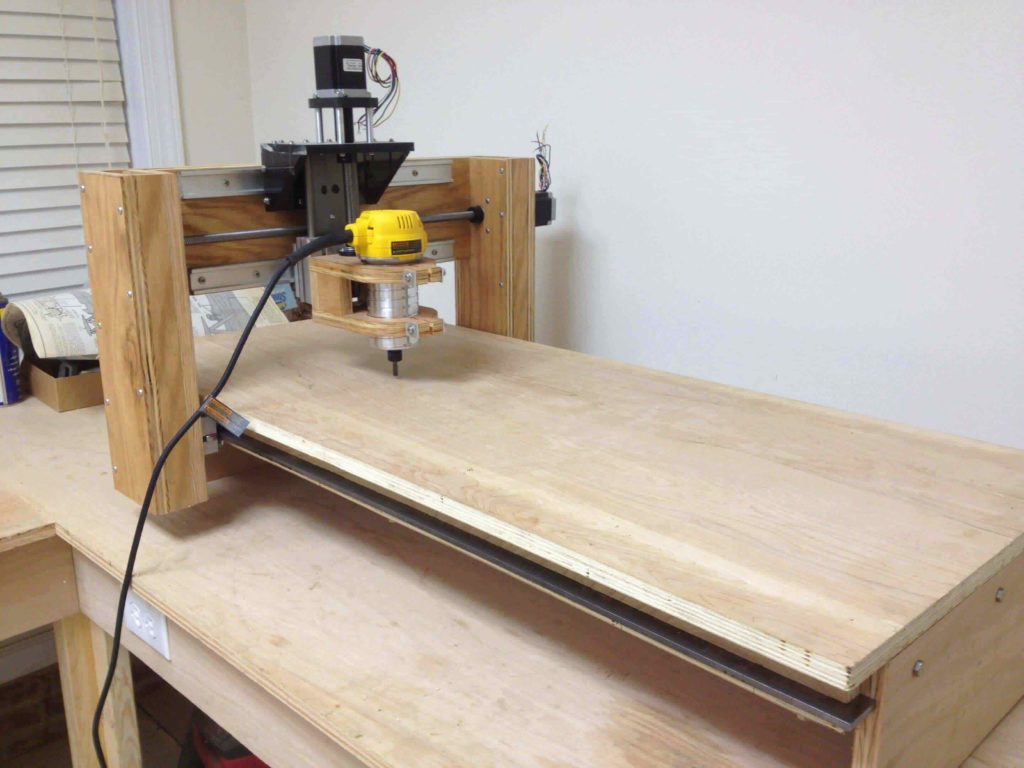
It depends on how the cutting tool rotates. If it rotates clockwise then push the router away from you. If it rotates in a counterclockwise manner then pull it towards you. Most routers in the market rotate clockwise so expect to push.
Conclusion
A wood router is a tool that stands above the rest. Its versatility has seen it tackle a vast variety of projects. It is easy to handle and produces exemplary finishes if used correctly. It is a tool you’re not likely to miss in any wood workshop.

